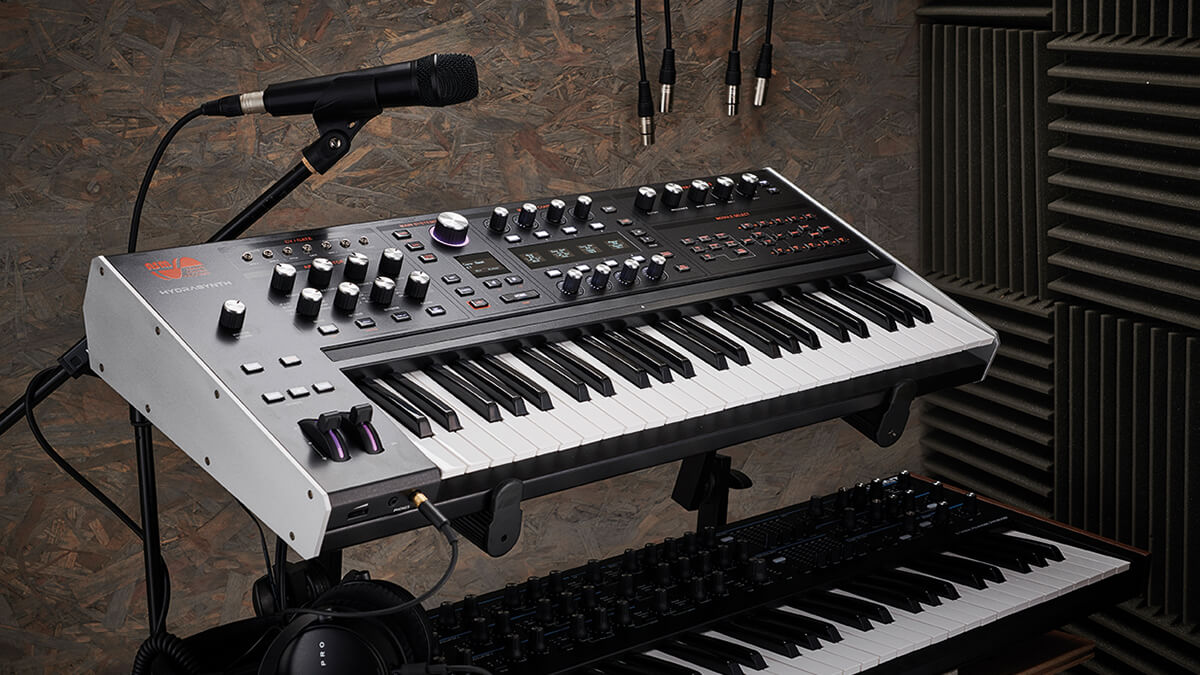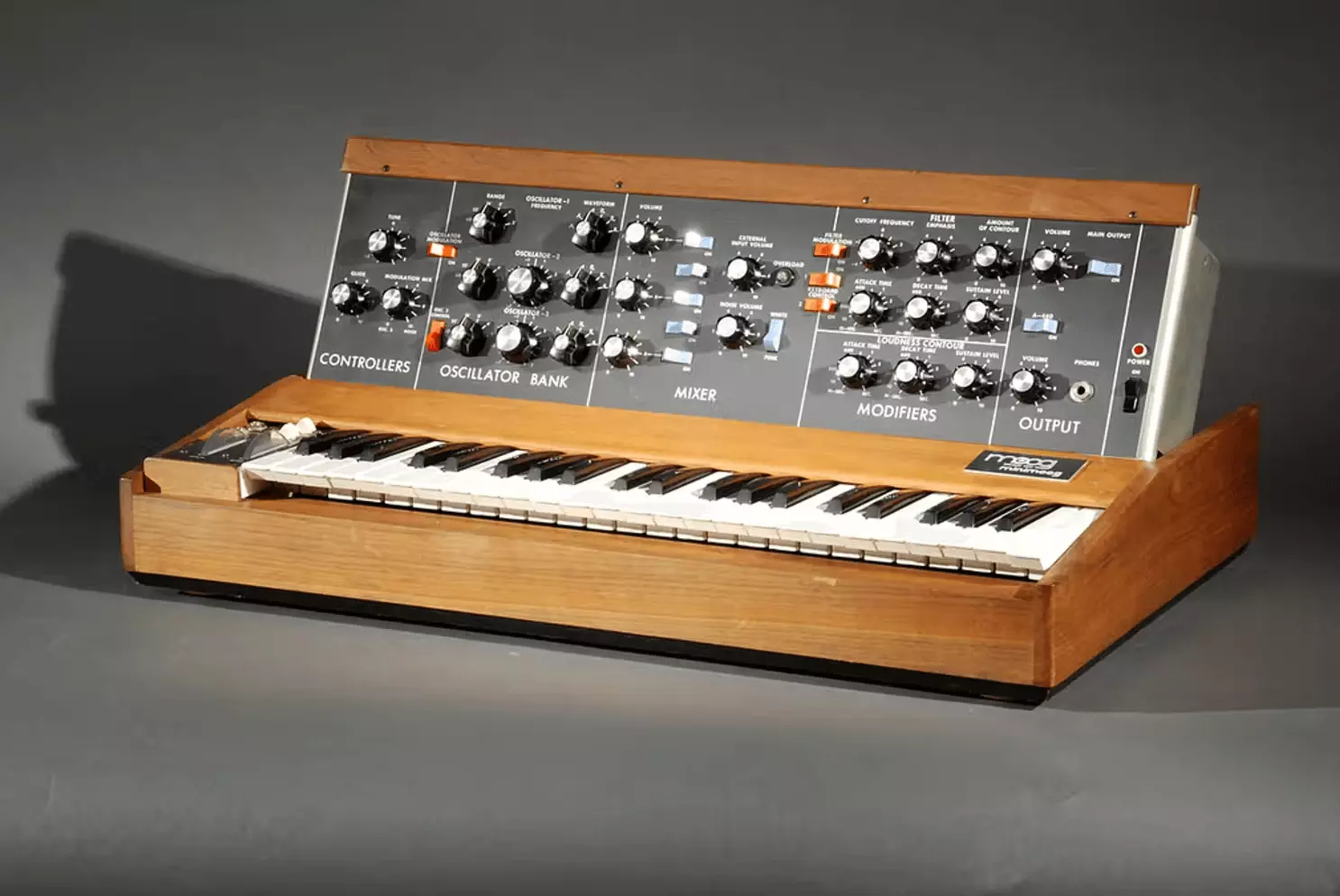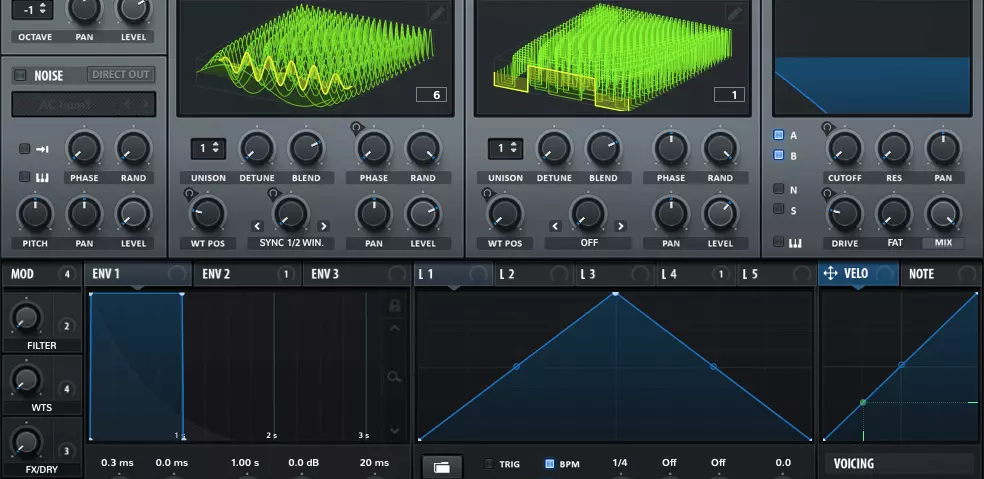Comments
- No comments found

Few instruments have changed the musical landscape as much as the synthesiser.
Synthesisers paved the way for electronic music, which entered the mainstream and is now commonly used in pop and many other genres. Music was never the same and many artists have turned to synthesisers as a way to create a modern sound. So, what is the history behind this revolutionary instrument?

So, what exactly is a synthesiser? Essentially, this is an instrument that produces sound by generating different electronic signals. They usually work by creating waveforms by subtractive synthesis, additive synthesis or frequency modulation synthesis. The sound can be changed by filters, envelopes and low-frequency oscillators.
Synthesisers were established in the US in the mid-20th-century and mainly appeared in counter-culture scenes. It was the RCA Mark II and the Moog synthesiser in the 1960s that brought electronic music into the mainstream and forever changed music. Bands like The Beatles experimented with the technology and used it as a way to branch out, which then prepared listeners for what was to follow. It was visionary artists like Brian Eno that made electronic music its own genre and this later led to the rise of genres like EDM.

In the 80s, hardware synthesisers started to be replaced by software synthesisers (softsynths) that took electronic music in new directions. This allowed musicians to store information in “banks” so that specific sounds could easily be recalled. Softsynths can also be more affordable and easy to carry around compared to hardware synthesisers, so they quickly became the instrument of choice for musicians around the world. For any musician thinking of buying a synthesiser, make sure that you have sufficient musical instrument insurance in place.
Interestingly, it has been musicians that have taken the technology to new heights and in different directions as opposed to being simple users of the technology. This includes in its infancy when Australian composer Don Banks requested a modular voltage-controlled instrument to be created. Wendy Carlos was pivotal in the development of the iconic Moog modular synthesiser by requiring a touch-sensitive keyboard and a special form of graphic equaliser. As mentioned before, Brian Eno is pioneering in the field with his system of early synthesiser sequencing and sound-on-sound tape looping most evident on his experimental Discreet Music album in 1975.
Synthesisers have had a remarkable rise and few instruments have been as revolutionary. Synthesisers transformed the musical landscape in the second half of the 20th century and now they are as common and widely used as guitars, drums and bass. In addition to electronic music being an entire genre in itself with endless sub-genres, you will hear the synthesisers influence on pop, rock, metal and many other established genres.
Felix is the founder of Society of Speed, an automotive journal covering the unique lifestyle of supercar owners. Alongside automotive journalism, Felix recently graduated from university with a finance degree and enjoys helping students and other young founders grow their projects.
Leave your comments
Post comment as a guest